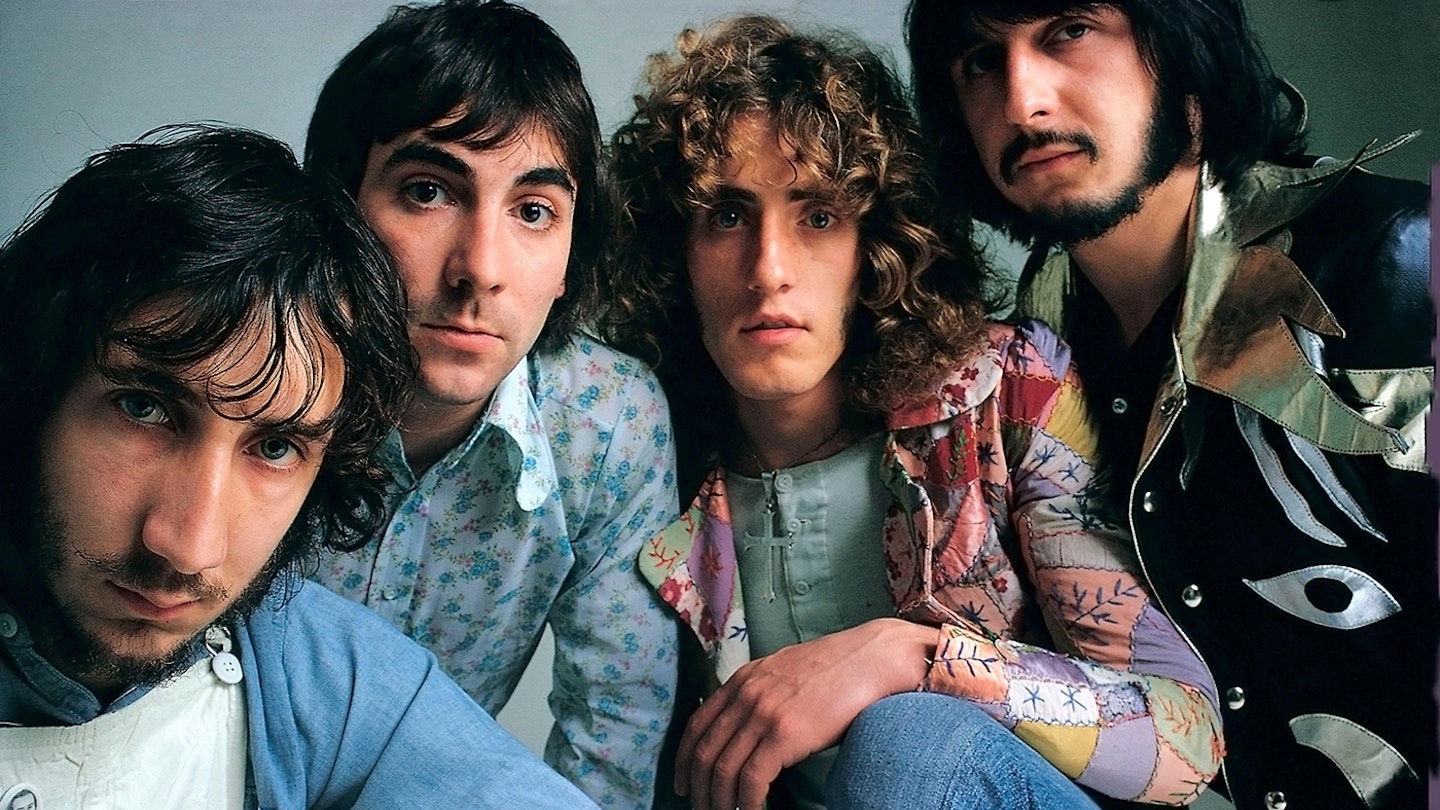The Who as we know them could have been two-hit wonders. Months before December ’65’s debut album My Generation, singer Roger Daltrey was dismissed for beating up drummer Keith Moon. He was soon reinstated, promising pacifism, but violence, resentment and intra-band rivalry would remain at The Who’s heart. And thankfully so, since music as powerful as theirs was unlikely ever to be created in an atmosphere of calm.
-
READ MORE: The Who's 50 Greatest Songs Ranked!
Starting life as R&B-playing Mods, they quickly transformed into rule-breaking pioneers, perverting, distorting or ignoring the accepted rock tenets. John Entwistle’s bass and Moon’s drums became lead instruments, vying for attention with Pete Townshend’s guitar, which he’d bash and trash to create an unholy wall of noise, citing Gustav Metzger’s auto-destructive art as inspiration. Daltrey’s role as straight man kept the ship from capsizing – handy considering the group’s early management team of flamboyant visionary Kit Lambert and East End tough-nut Chris Stamp was often as out of control as the group.
“Violence, resentment and intra-band rivalry remained at their heart.”
Contractual and financial problems dogged them throughout their early days, and two years after their debut 45 I Can’t Explain charted, hit singles were drying up. But this was really the start: wowing America at the Monterey Pop festival in June 1967, the group elected to refine and elevate the album as an artform, a path which reached an apotheosis in 1969 with the ‘rock opera’ Tommy. Success as a stadium rock act followed, but Townshend’s impulse to eclipse Tommy led the group into another troubled phase, which saw concept album Lifehouse aborted (it was trimmed into the majestic Who’s Next) and the appearance of their final magnum opus Quadrophenia. The wheels came off in 1978 with Moon’s death, and fallow periods meant virtually no new material until 2006’s Endless Wire, released four years after Entwistle’s death, followed 13 years later by Who, their last studio LP to date. But their recorded legacy remains vast, deep, and ripe for exploration. We've this list of the band's studio albums and included a compilation, an outtakes LP and the group legendary first live album – simply because they’re key milestones in the Who story and no self-respecting music fan should be without them…
15.
Face Dances
(Polydor, 1981)
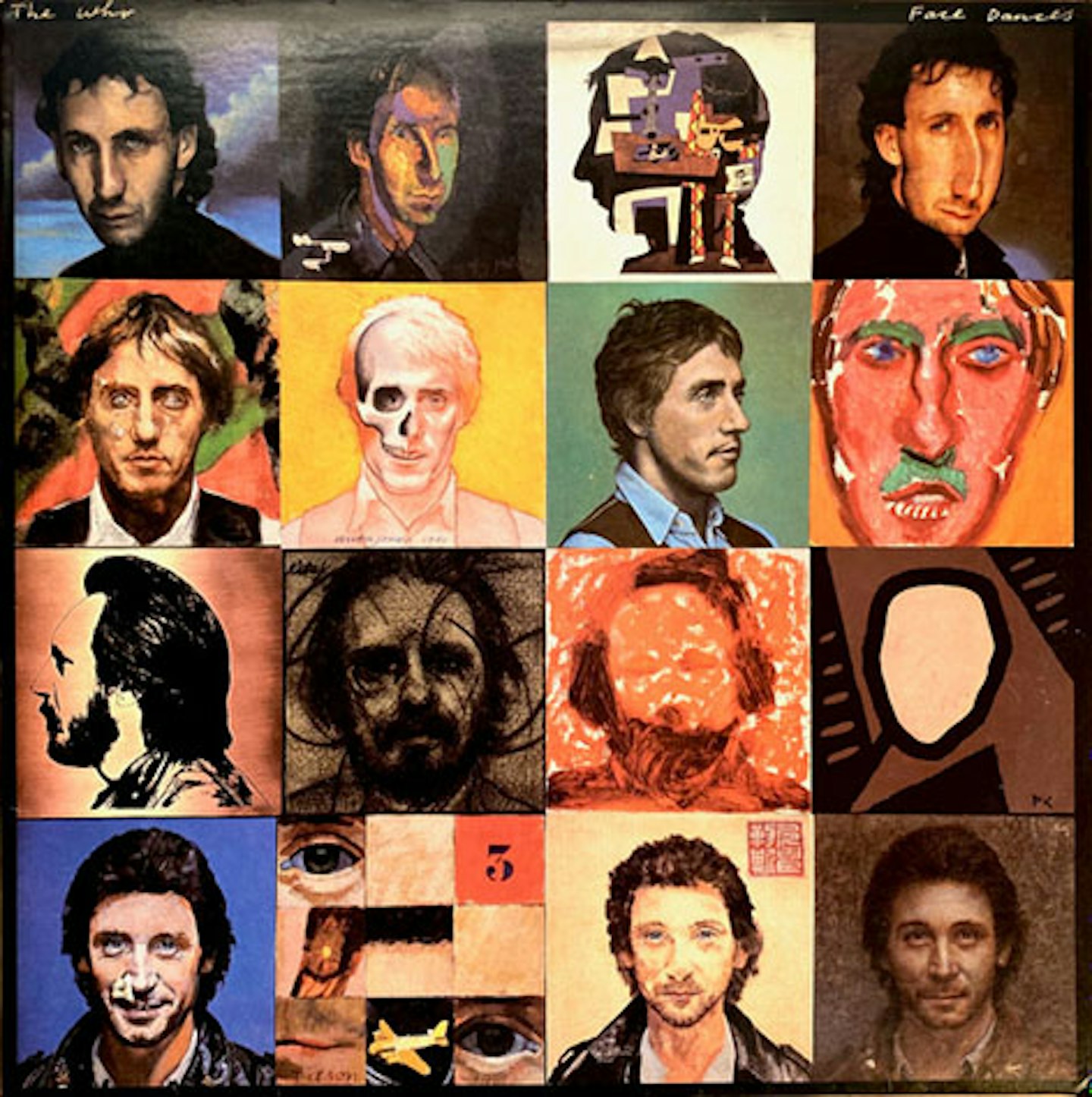
Its lead-off single You Better You Bet promised that a reconstituted Who with new drummer Kenney Jones could be a great thing; it also suggested that Townshend had figured out how to successfully incorporate modern keyboard sounds into the group’s beefy rock sound. But despite other good songs such as Don’t Let Go The Coat, Another Tricky Day and Entwistle’s The Quiet One, Face Dances overall felt like Who-lite, lacking clarity and confidence (it gets self-consciously ‘new wave’ in places), though Townshend’s complex arrangements must be admired.
14.
It’s Hard
(Polydor, 1982)
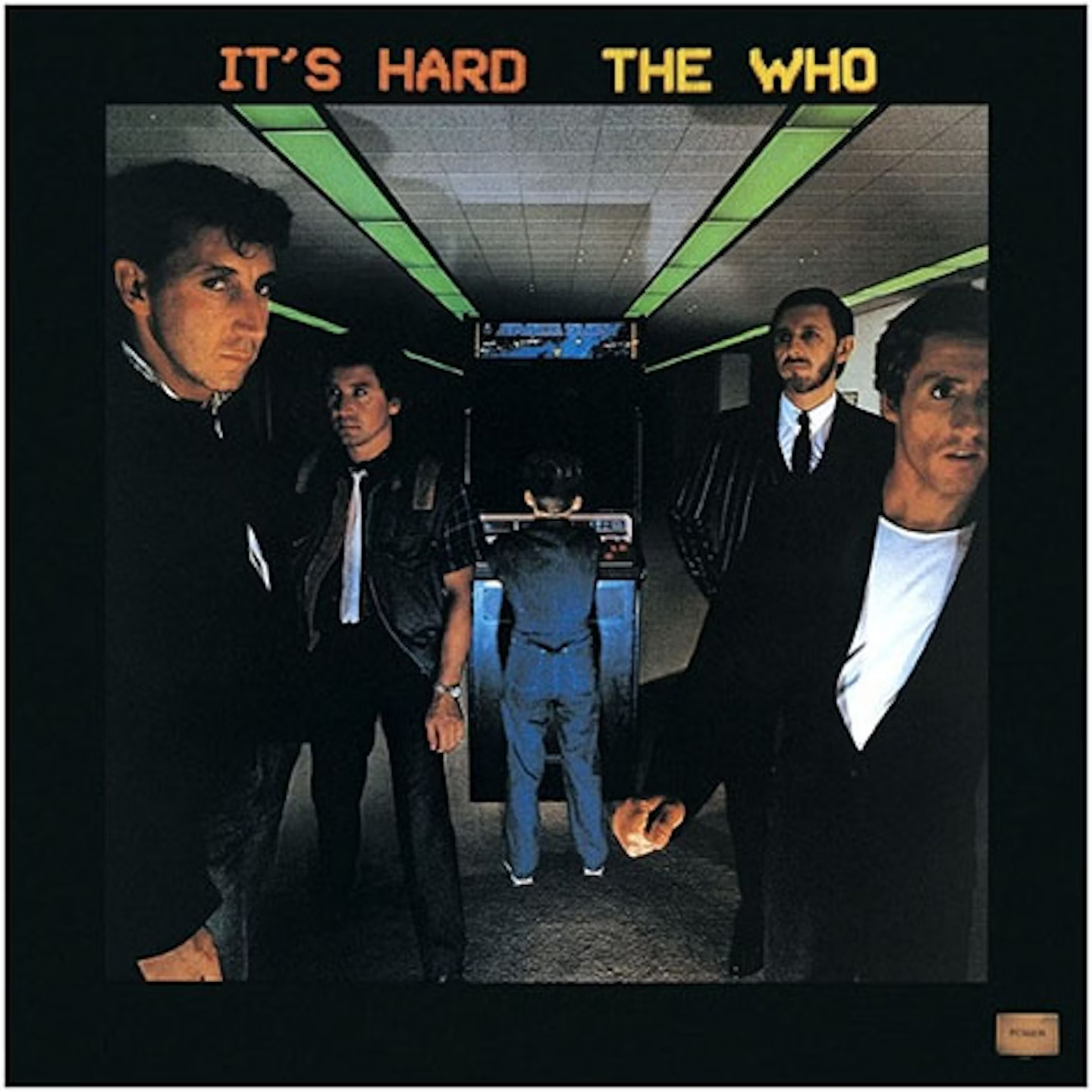
In the late ’70s you could wait three years for a new Who album, but It’s Hard arrived just 18 months after Face Dances. There was a reason for this: Polydor in Britain and Warner Brothers in the States demanded an album to capitalise on the new momentum Kenney Jones’ recruitment and Face Dances’ chart success had brought. At the time, Townshend didn’t think the band had another album left in them, while Daltrey later confessed he thought It’s Hard should never have been released. But that would have robbed the world of the then contemporary cold-funk majesty of Eminence Front, the wordy, Quadrophenia-sounding Cry If You Want, the reassuringly heartfelt Cooks County and blustering I’ve Known No War. Sensing the tank was now all but dry, The Who then went on an extended hiatus: there wouldn’t be another new Who album until Endless Wire, 24 years later.
13.
Who Are You
(Polydor, 1978)
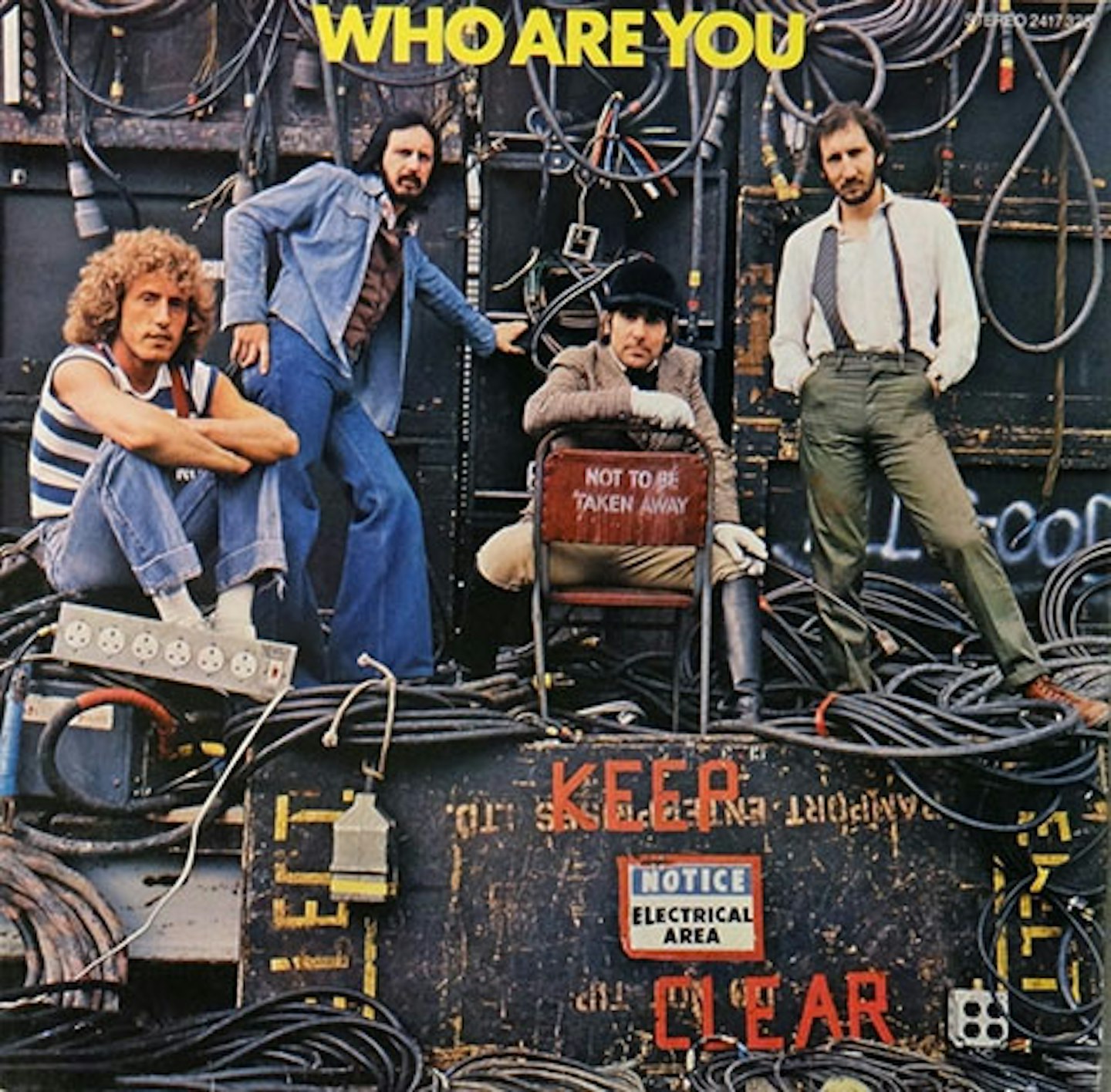
After a year spent touring By Numbers, The Who drifted apart, with a booze-sodden Moon for a time residing in LA as actor Steve McQueen’s annoying neighbour. When the group reconvened for sessions in summer 1977 at their Ramport studios in Battersea, the going was slow but, after Daltrey underwent throat surgery, sessions at RAK the following year yielded the dense, synthesizer-heavy content of Who Are You. It wasn’t an easy album to love but the bombastic title track, snappy Sister Disco and Entwistle’s bolshy Had Enough were sufficient to save it from dying a turgid AOR death. It was Moon’s last record – he fatally overdosed a month after the album was released.
12.
Who
(Polydor, 2019)
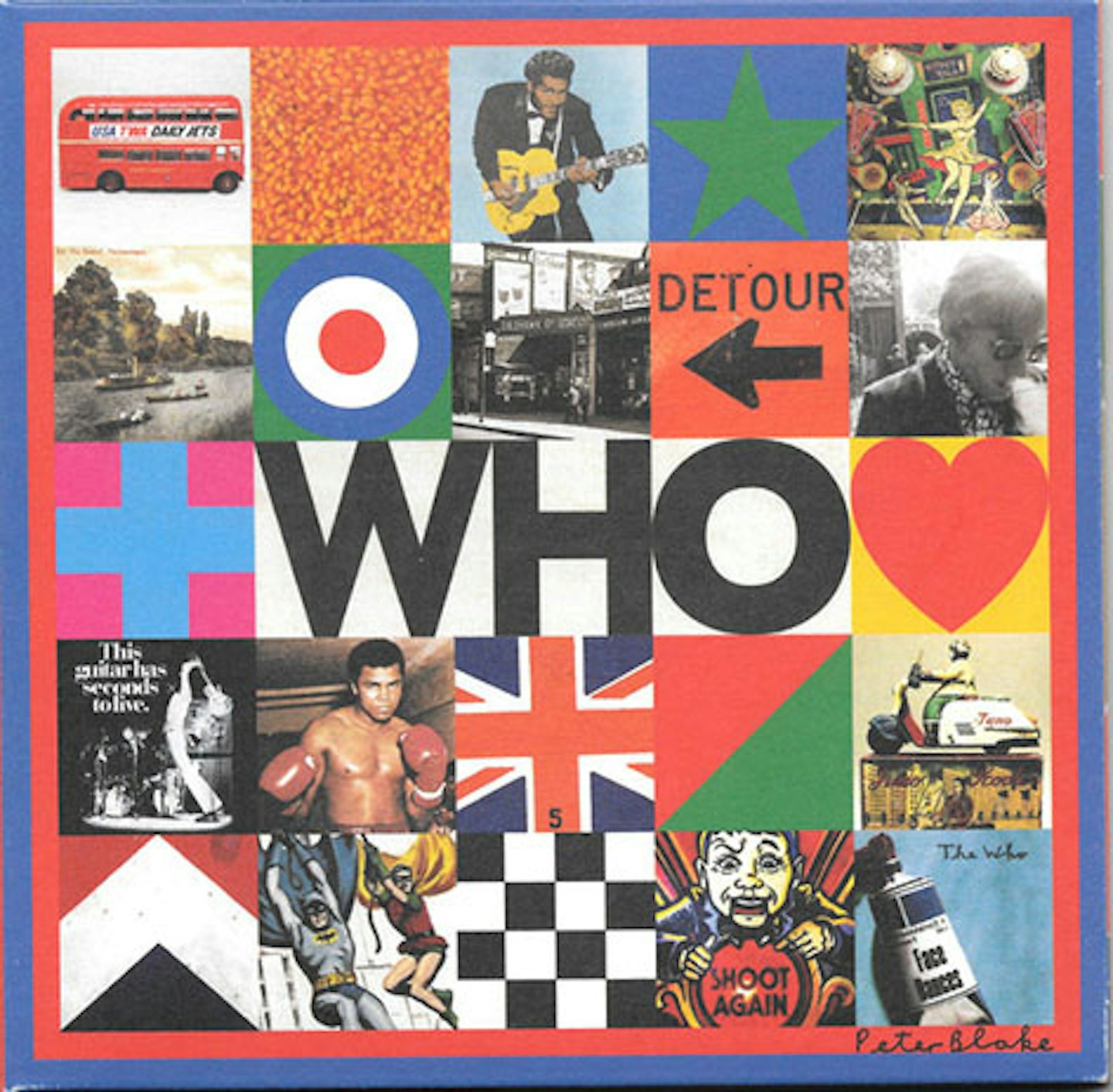
Thirteen years after Endless Wire, The Who – or now ‘The Two’ – felt ready to make another studio album, albeit with Pete and Roger recording their contributions separately. The result, much to the world’s relief, was an album that recaptured their essential Who-ness, a fact they themselves acknowledged with the record’s stark title. There was, too, a degree of autobiography about the whole affair, with Detour clearly referencing their pre-Who name The Detours, while Got Nothing To Prove on the deluxe edition was an unreleased Townshend song dating from 1966. Guitars slash and twang, backing vocals “whooo”, strings skitter and Daltrey gives Pete’s reflective, grumpy-old-man lyrics his gutsy best. A Peter Blake cover completes a classy package. Will they ever make another? Who knows?
11.
By Numbers
(Polydor, 1975)
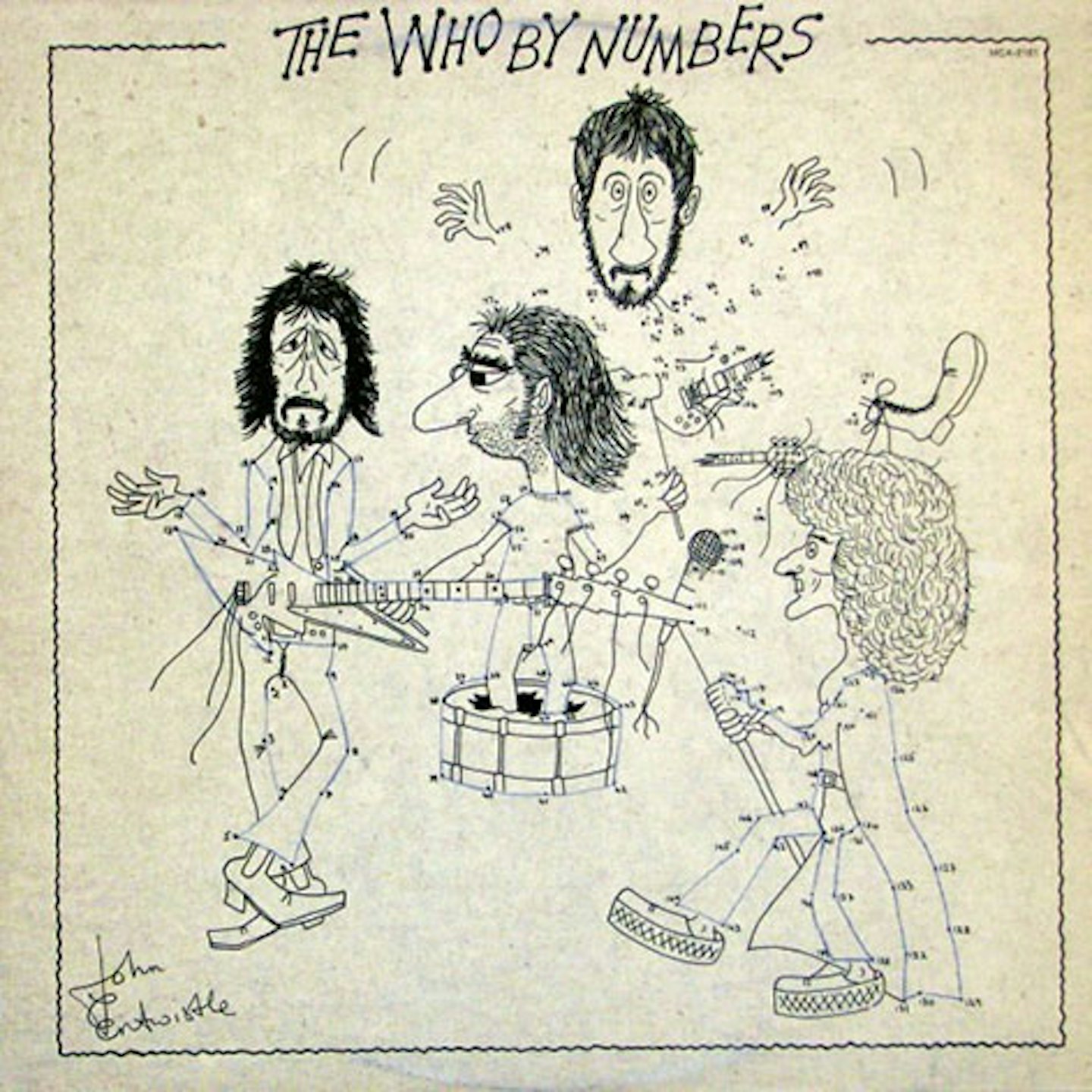
On May 19, 1975, Pete Townshend turned 30, prompting a crisis of confidence about his relevance as a rock star. What could you write about as a boozy, lusty, filthy rich father of two with thinning hair? After beating a severe bout of writer’s block, he answered his predicament by penning some dark songs about it, chief among them the self-explanatory However Much I Booze and the libidinous Dreaming From The Waist. Opening Side 1, the Lifehouse outtake Slip Kid set the tone with its warning to young artists about the evils of the record industry and rather joyless, honky-tonkin’ mid-’70s rock. There were two lights shining in the murk, though: the saucy romp Squeeze Box and Townshend-sung ukulele ballad Blue, Red And Grey.
10.
Endless Wire
(Polydor, 2006)
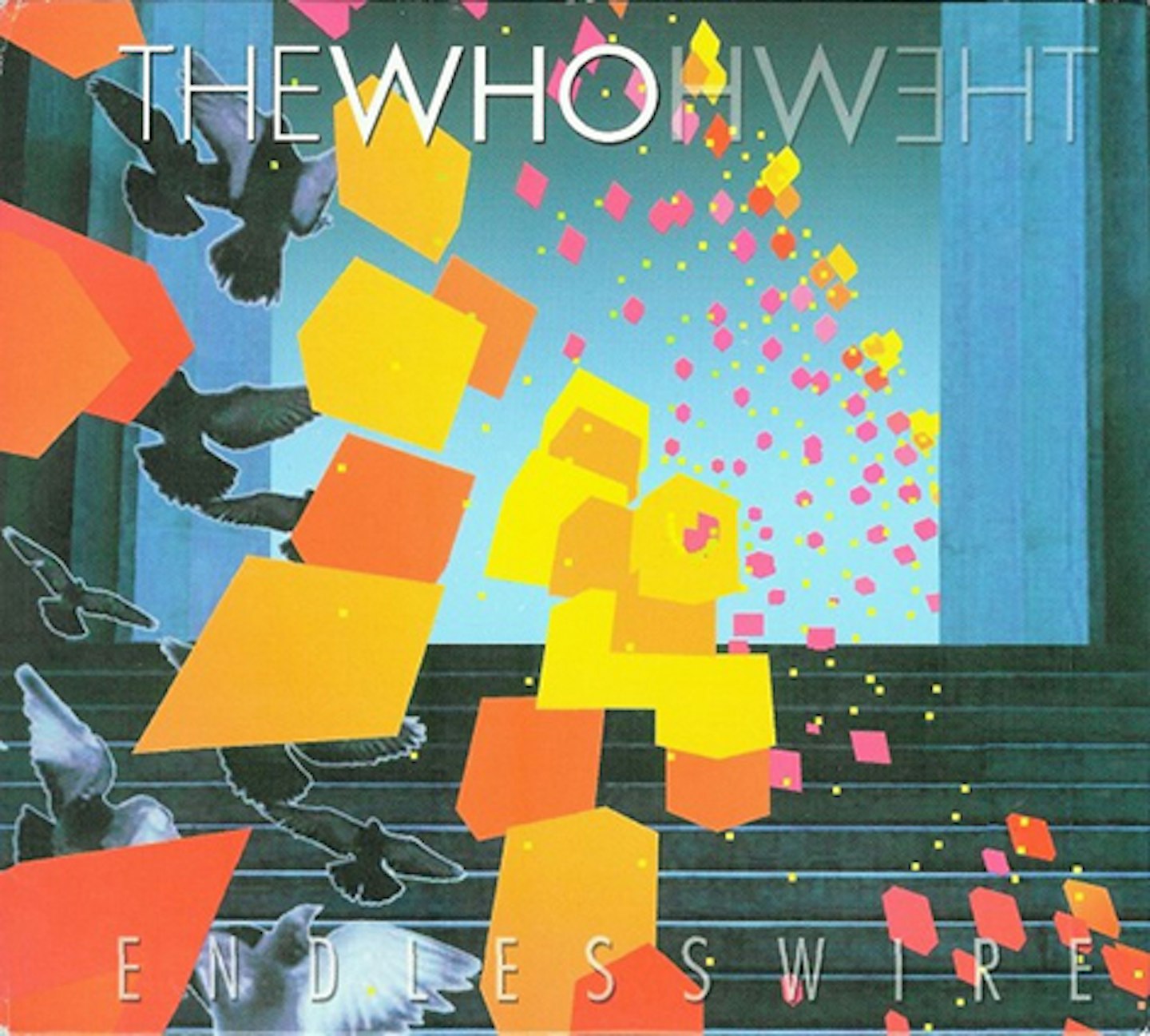
Two bandmates gone, Townshend and Daltrey courageously essayed another album as The Who – 24 years after the band’s previous album It’s Hard. The incarnation they revisited was the mid-’70s rock behemoth of Quadrophenia, with tracks such as Black Widow’s Eyes and Mike Post Theme showing Daltrey’s lungs to be intact and that Townshend could still turn his hand to bombast and mighty crash chords. The real surprises were Townshend’s cracked, burnished voice on the Dylan-esque title track, and the mini-concept piece Wire & Glass, a new Lifehouse tributary which saw Townshend’s best songs in decades in We Got A Hit and the elegiac Tea & Theatre.
9.
Odds & Sods
(Track, 1974)
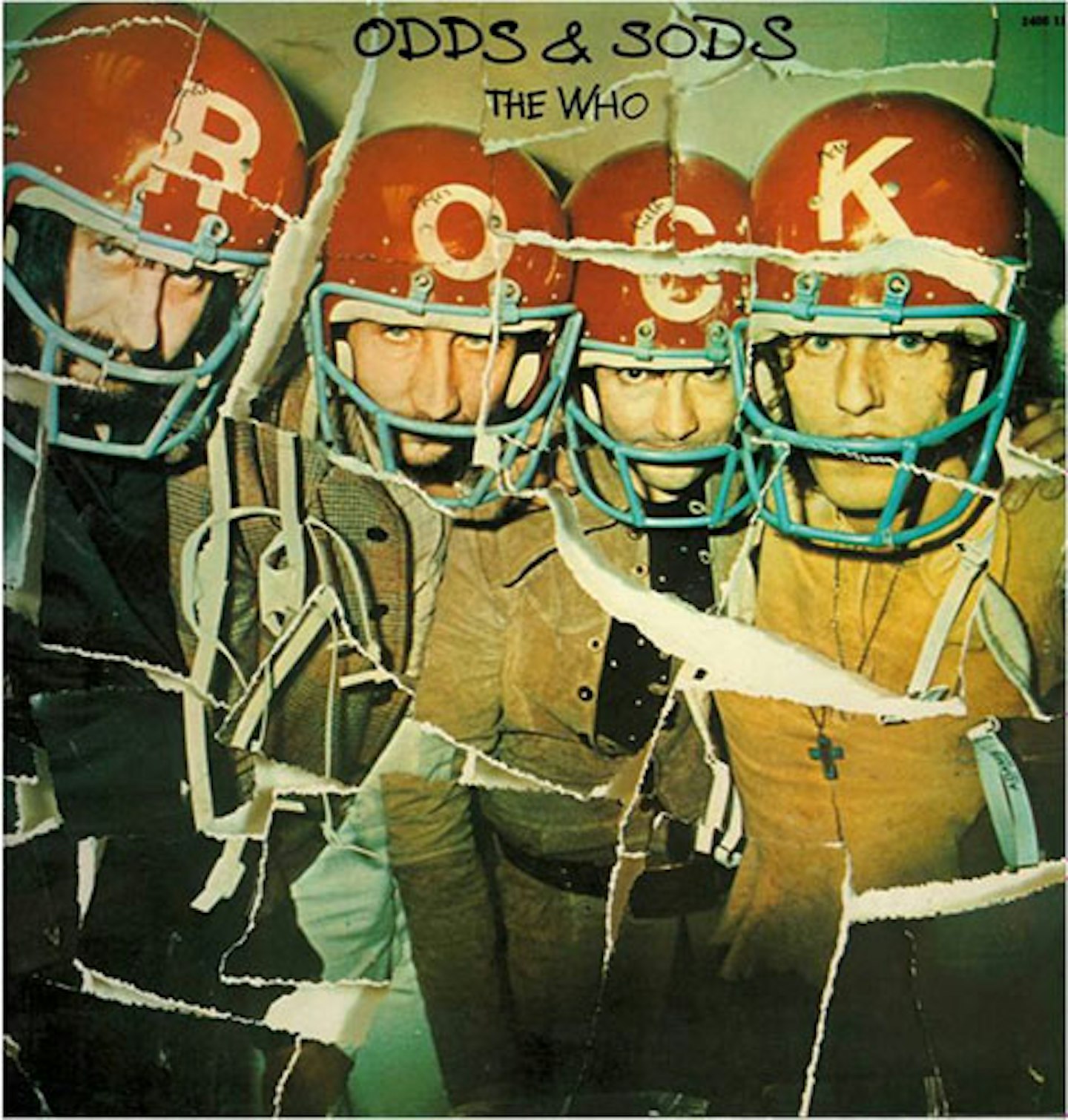
During the second half of 1974 The Who were on sabbatical, albeit taking time out to appear in Ken Russell’s Tommy film. Entwistle used some downtime in the summer to compile Odds & Sods, an album of outtakes and rarities that he hoped would provide a “parallel history” of the group. But such was the quality of material he gathered that many fans welcomed it as a brand-new studio album. It kicked off with a new, horn-propelled Ox composition called Postcard, but its oomph lay with gems like the pre-Tommy experiments Glow Girl and Little Billy, plus early ’70s leftovers Pure And Easy, Naked Eye and Long Live Rock – the latter all to become Who classics.
8.
A Quick One
(Track, 1966)
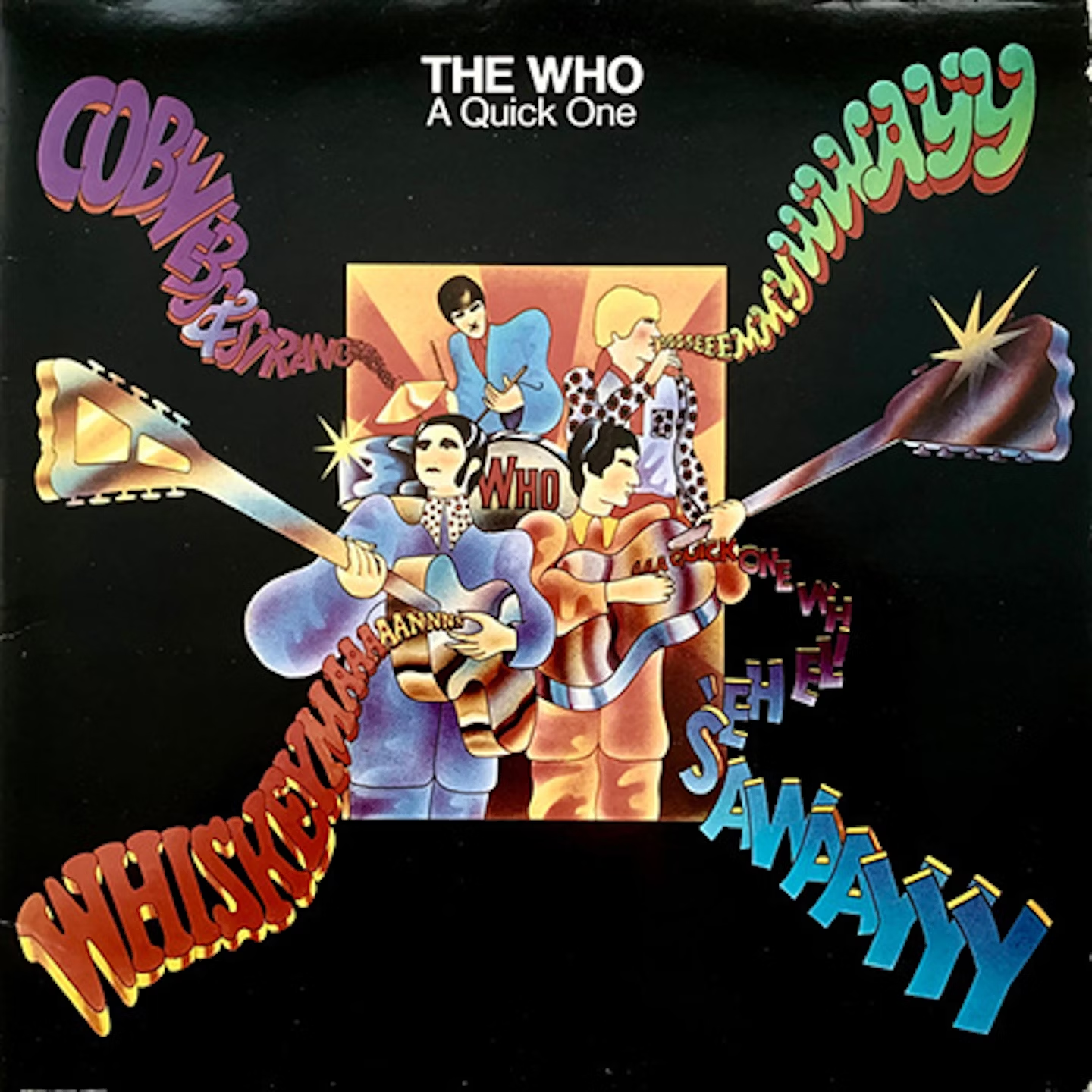
The Who’s early years were dominated by the legal wrangling to oust Shel Talmy as producer following My Generation. In late 1966, the group raised much-needed cash by negotiating song publishing deals for Daltrey, Entwistle and Moon, on the understanding that the entire group would come up with material for the subsequent album. Consequently A Quick One took something of a turn for the weird, as three untested songwriters expressed themselves via the creepy and surreal Boris The Spider (Entwistle), Cobwebs And Strange (Moon) and See My Way (Daltrey). But it was inevitably Townshend who stole the show with the baleful So Sad About Us and the magnificent title track’s groundbreaking ‘mini-opera’ of adultery.
7.
Meaty, Beaty, Big & Bouncy
(Track, 1971)
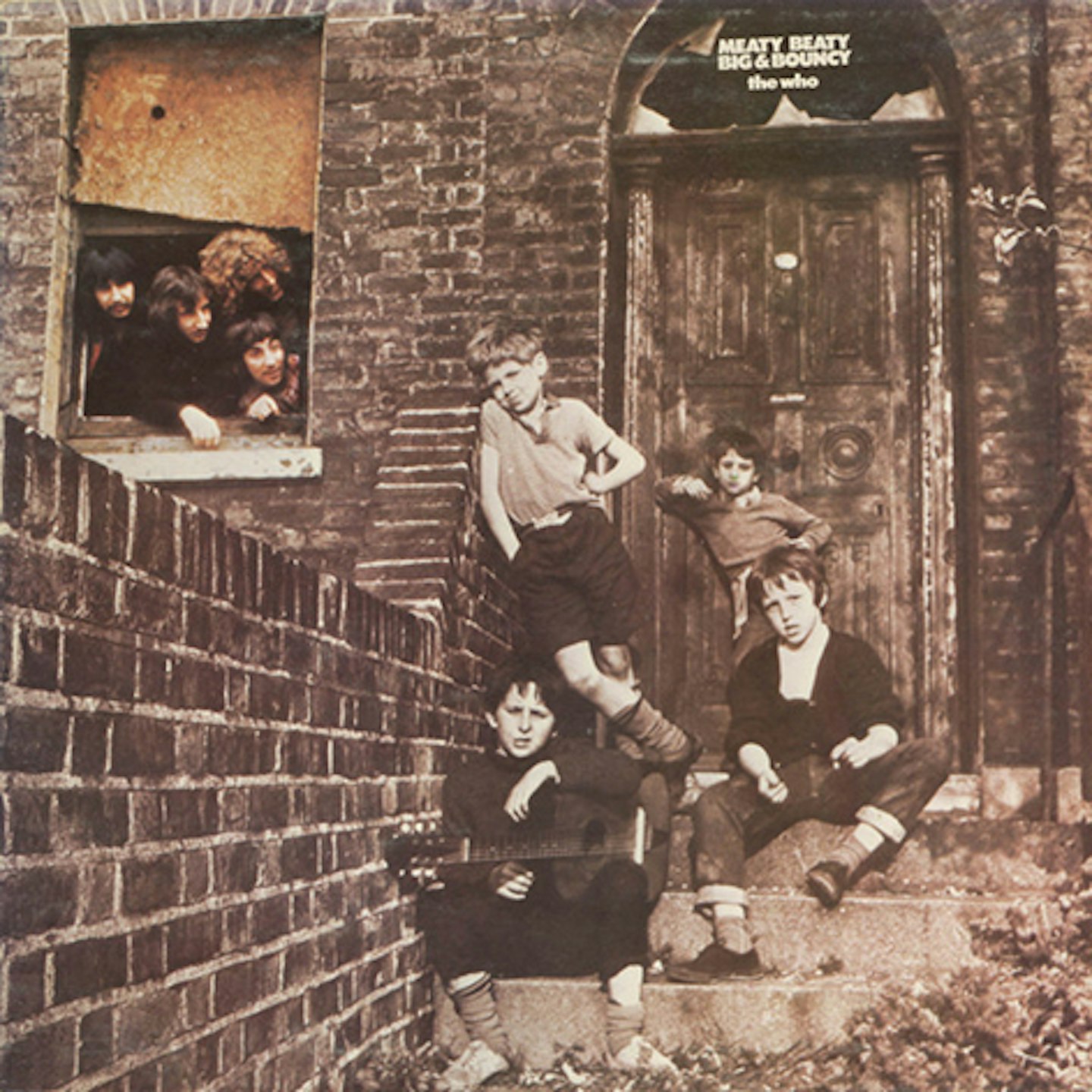
Though they struggled with the LP format until Tommy, few could deny The Who’s ability to fashion extraordinary, rule-breaking singles. Released in 1971, Meaty… compiled their key 45s so far, and moreover created instant nostalgia for their Pop Art-Mod beginnings, from the ridiculously brilliant bass solo on My Generation to I Can See For Miles’ fierce harmonic intelligence to Magic Bus’s hypnotic hippy shuffle. Unintentionally, it seems as much a concept album as Quadrophenia, charting Townshend’s personal journey from misunderstood teenage outsider (I Can’t Explain, The Kids Are Alright) to twentysomething spiritual adventurer (The Seeker). Perfect in every way.
6.
Live At Leeds
(Track, 1970)
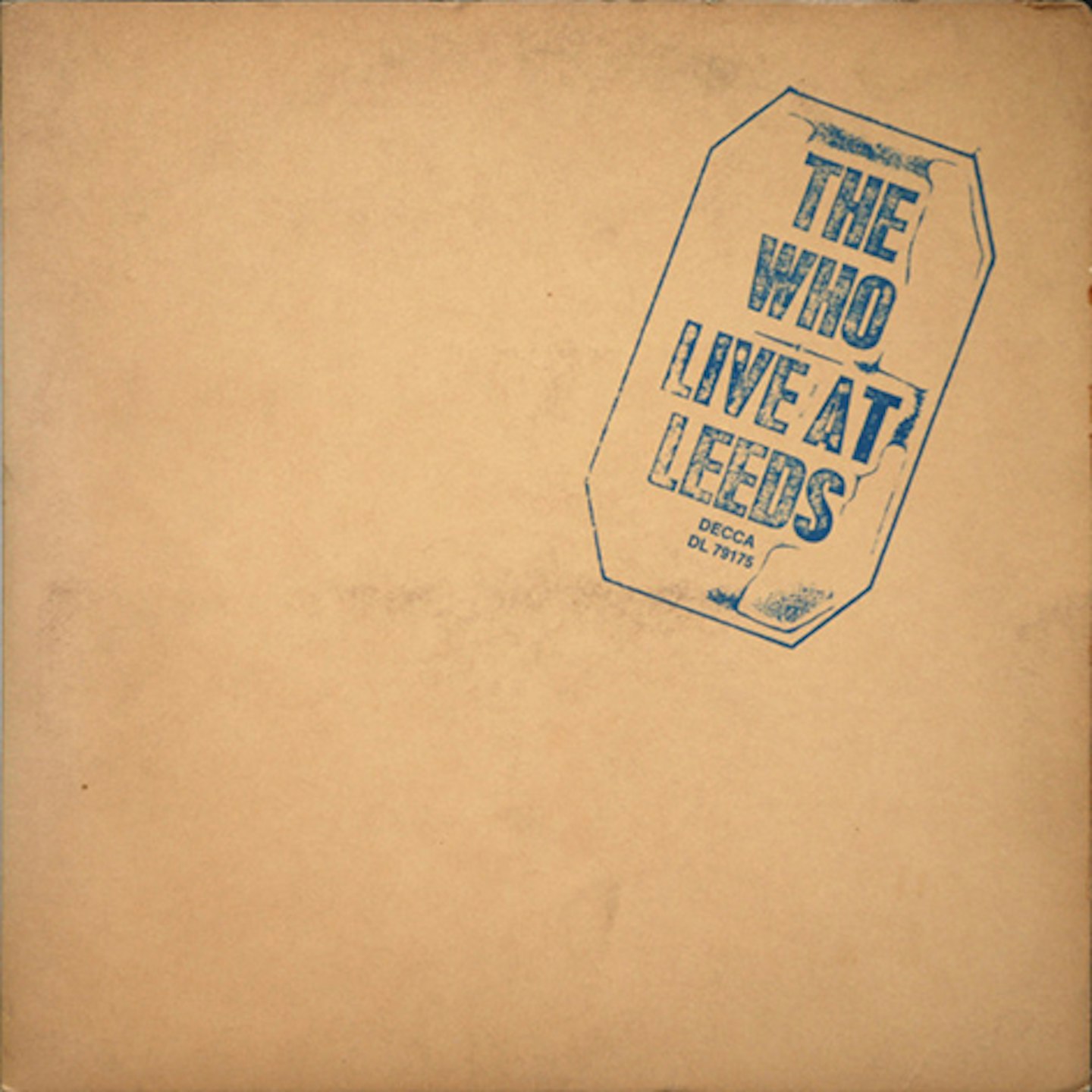
By the time they broke the US market in 1967, The Who were a powerful live act, capable of transcendental performances often capped with gear-smashing finales. The problem was that few of their studio recordings suggested as much. Consequently, after several US tours showcasing Tommy, The Who contrived to capture their thunderous, improv-enhanced live set by taping a February 1970 Leeds University show on the Pye Mobile. Live At Leeds immediately set a lofty benchmark for in-concert rock records – check out the clanging versions of Summertime Blues and Young Man Blues – with subsequent editions adding renditions of Tommy and a spot-the-difference sister date in Hull. Utterly joyful.
5.
My Generation
(Brunswick 1965)
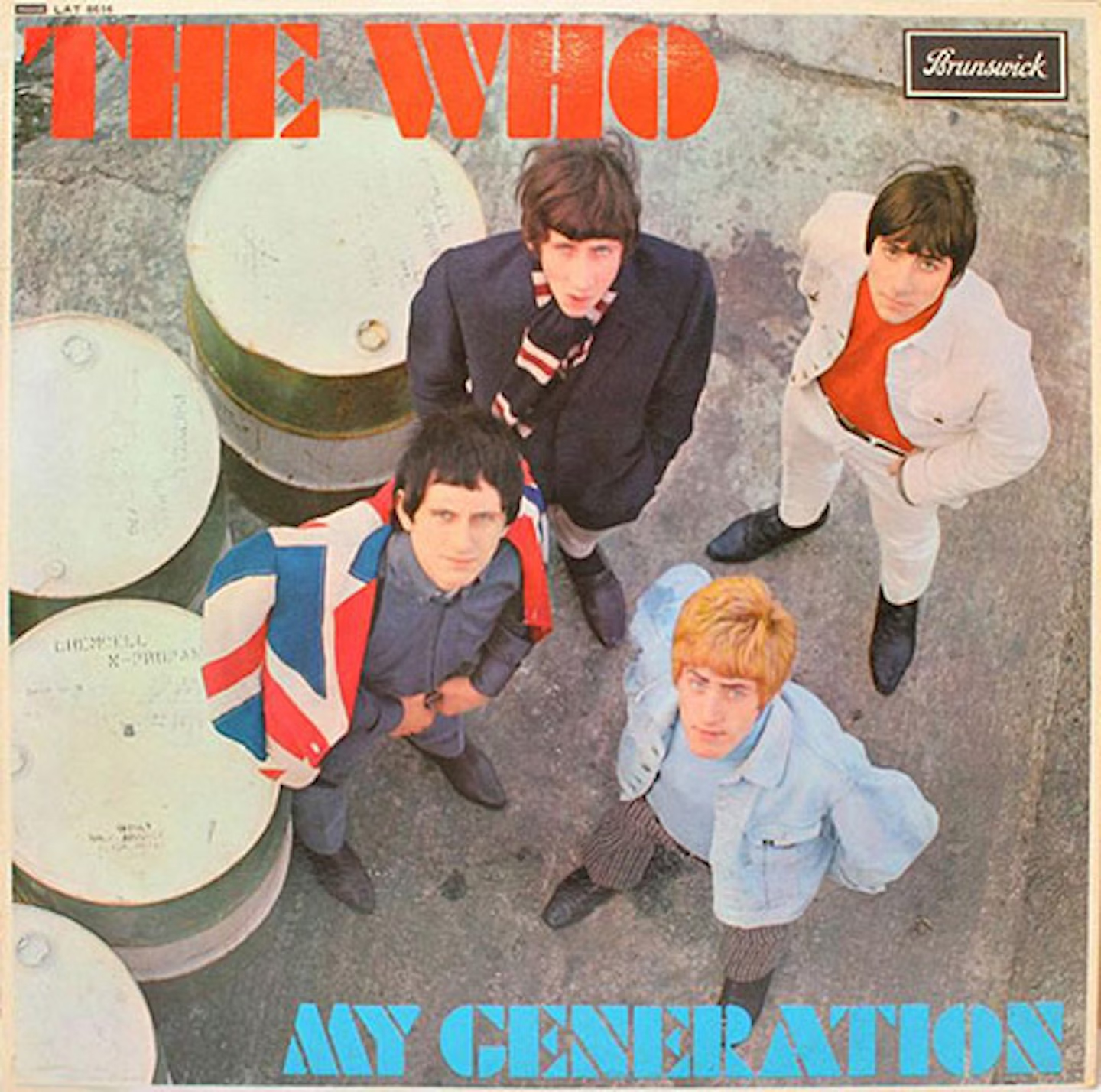
When did rock music begin? Arguably with The Who’s epochal debut, which while indelibly inked with mid-’60s Mod-pop smarts – La-La-La-Lies, The Kids Are Alright, A Legal Matter Baby – introduced a nasty, noisy, disruptive and dark element to the classic British guitar-band sound. The runaway title track, basically telling finger-wagging elders who’d probably fought in the war to fuck off, was a speeded-up blues with a mad bass solo and a finale sounding like a bus crashing; but it was the heavy instrumental improv jam of The Ox (Entwistle’s nickname) which dragged music into the future, Moon’s lunatic drumming and Townshend’s evil dog-fight guitar playing announcing a band who clearly didn’t actually care if you liked them or not. Which only made you love The ’Oribble ’Oo even more. The Beatles must have crapped themselves.
4.
Quadrophenia
(Polydor, 1973)

Unbowed by the disintegration of Lifehouse, in 1973 Townshend set out to write another, more earthly concept piece. Set in the Mod era, Quadrophenia probed the fractured psyche of troubled pill-popping teenager Jimmy; more, its notion of double schizophrenia enabled a playful examination of The Who’s four-way dynamic, each personality represented by a quasi-operatic leitmotif. Here, music and ideas meshed with breathtaking skill, with every track – from bullish rockers The Real Me and 5:15, through reflective, semi-theatrical fare such as Cut My Hair and the hymnal closer, Love Reign O’er Me – essential to the mood and storyline of the whole. Clever, powerful, overblown, it proved to be The Who’s greatest concept LP.
3.
The Who Sell Out
(Track 1967)
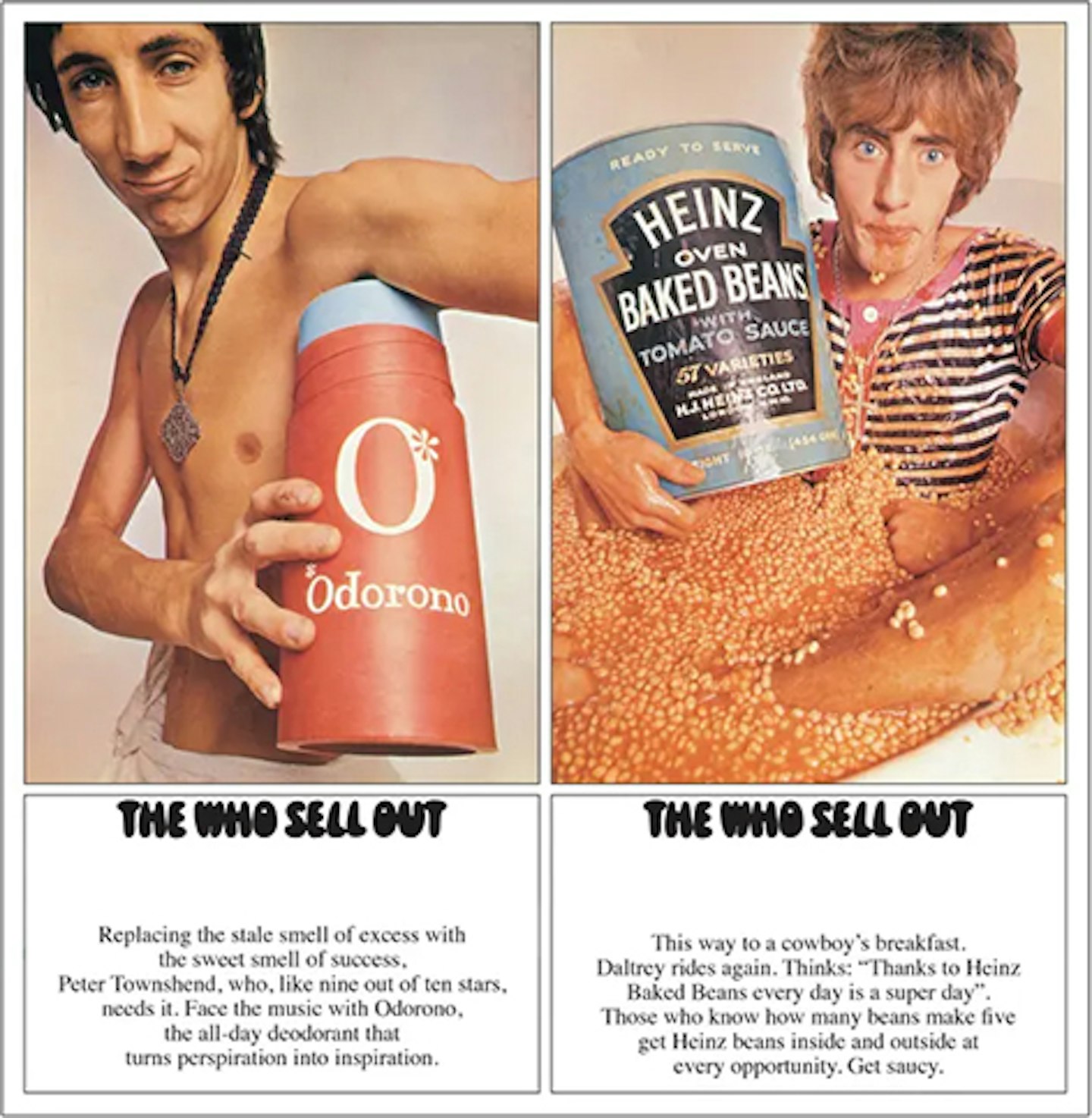
The Summer of Love wrong-footed many acts, and The Who, steeped in street-fightin’ Shepherd’s Bush, found the hippy world difficult to embrace. Stylistically, in 1967 the group were still in an explorative phase, caught in a no-man’s-land between the past (the straight pop of I Can’t Reach You), the present (the quaint folk-psych of Mary Anne With The Shaky Hand) and the future (the powerful, kaleidoscopic I Can See For Miles; the Tommy-predicting story-song Tattoo). Strangely, the overall effect was The Who’s most accessible and undemanding album, melodically rich and full of unexpected twist and turns, all glued together with made-up advertising jingles.
2.
Tommy
(Track, 1969)
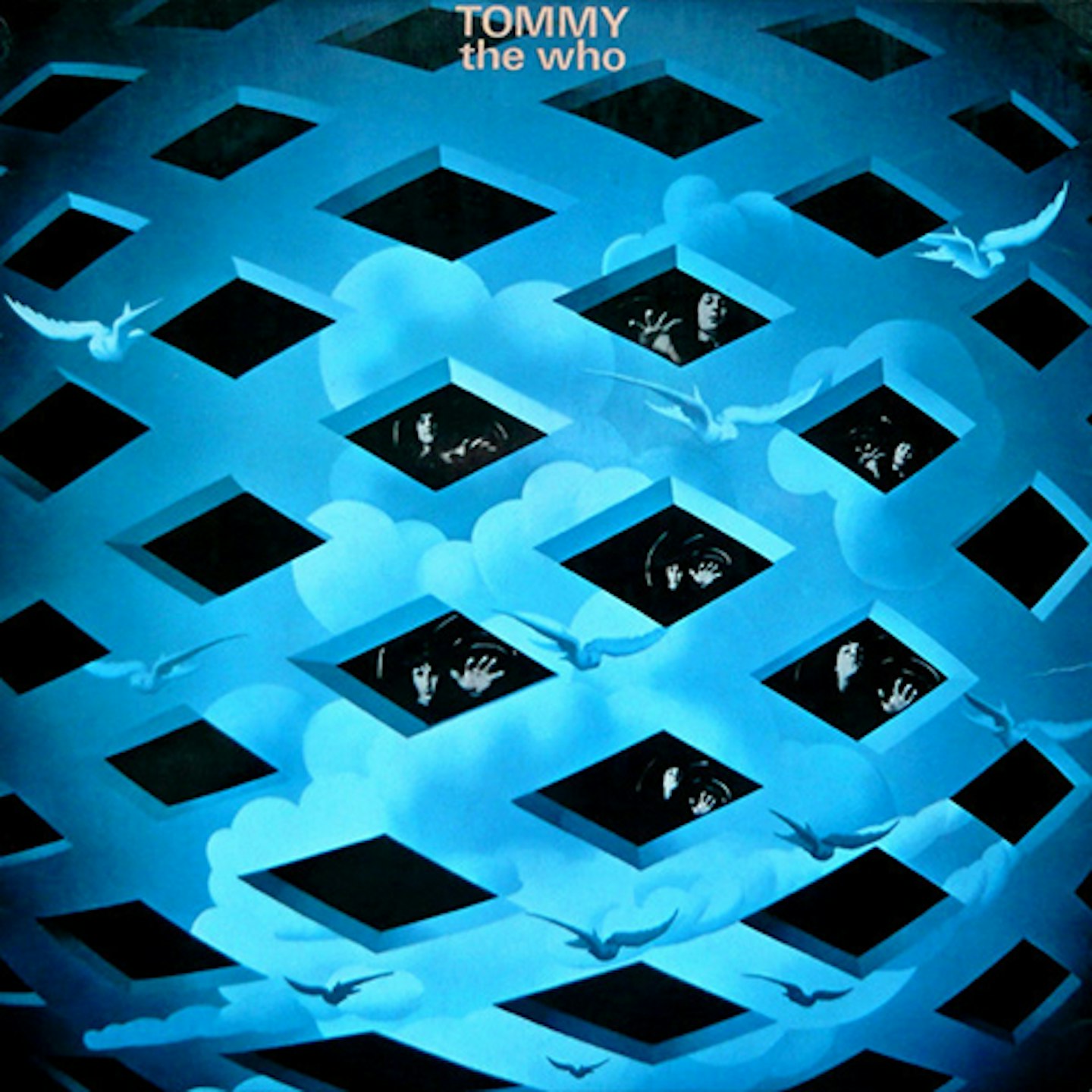
With the assistance of Kit Lambert, throughout 1968 Townshend began sketching what would become the ‘rock opera’ of a deaf, dumb and blind kid who is cured by pinball and becomes a spiritual leader. The concept was rooted in Townshend’s fascination with the teachings of guru Meher Baba, and themes of universal love, all of which crucially chimed with the counterculture generation. The peerless Pinball Wizard, The Acid Queen, I’m Free and See Me Feel Me injected a new vector into rock music, exploring psychic elevation and personal redemption; rock grew-up in one fell swoop, and Pete Townshend obsessively strove for years to come to find another concept as powerful. And with Ken Russell’s film of the LP, rock movies moved into a new era.
1.
Who’s Next
(Track, 1971)
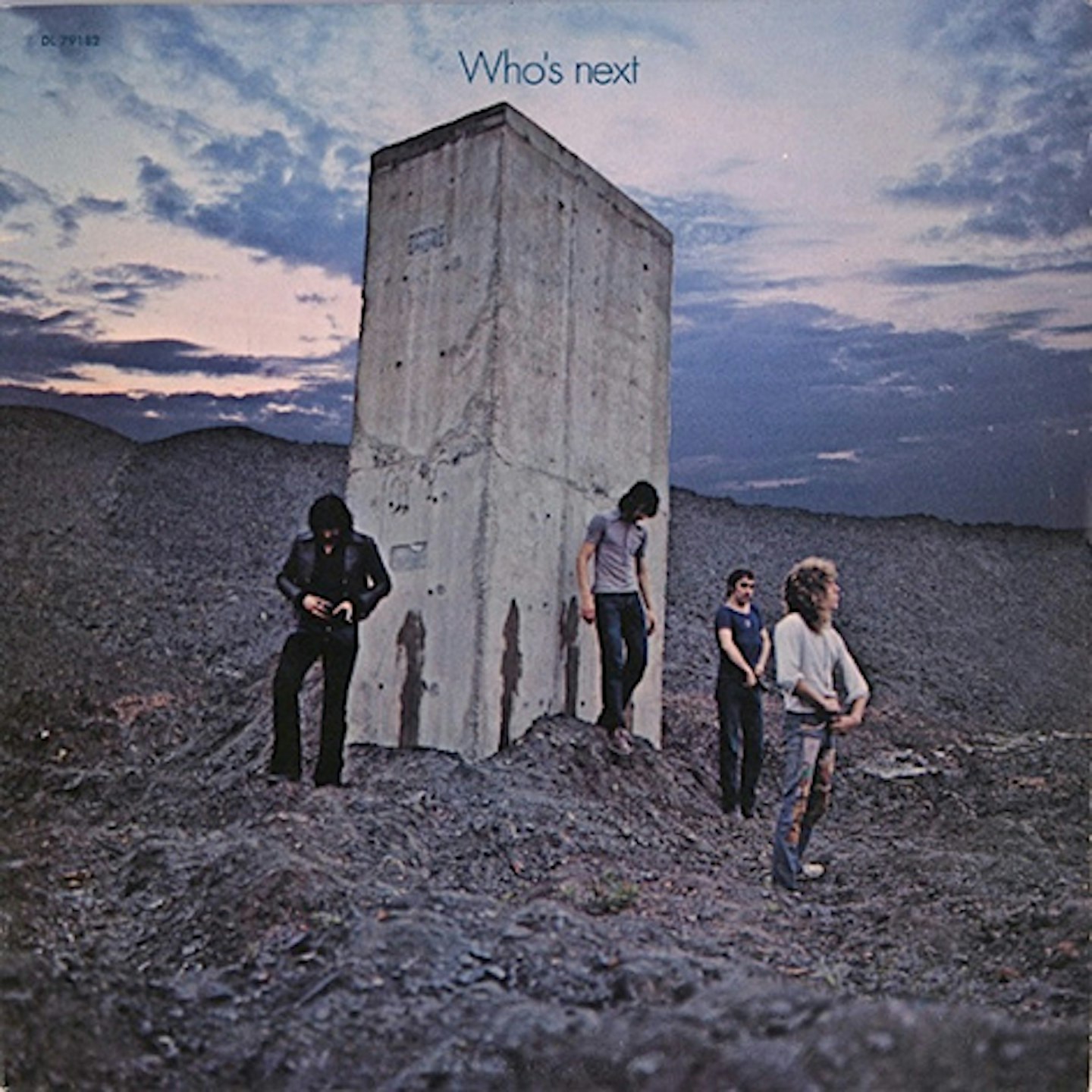
It was originally conceived as Lifehouse, a project that came to baffle Townshend’s bandmates with its sci-fi and quasi-religious elements including “experience suits”, a proto-internet set-up called The Grid, a single note binding all beings. Abandoned amid larger worries about Lambert and Stamp’s growing drug problems, producer Glyn Johns was drafted in to rescue the project, taking the strongest songs and shaping them into one of the roughest, meanest rock albums ever made, from the synth-skittering Baba O’Riley and politico sledgehammer Won’t Get Fooled Again, to the sunny Going Mobile and haunting Behind Blue Eyes. Townshend’s dented price was rock’s gain.
